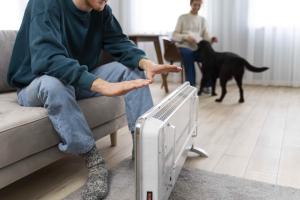How do car insurance companies know who is at fault?
When a car insurance claim is made off the back of an accident, the blame game begins between insurers. Working out who is at fault in these situations is far more than establishing the moral high ground.
The conclusions have financial ramifications for the providers, as the one whose customer is at fault needs to payout. You, the policyholder could also be affected, especially if you only have third-party insurance, as an at-fault claim against you will mean the damage to your vehicle is going to come out of your pocket.
While it might seem obvious who was at fault for a collision directly after, for two companies picking up the pieces, it’s not so simple. So how do they do it?
Generally speaking, liability will be decided by evidence provided by the policyholders. This can include photos of the aftermath, written accounts, and eyewitness testimonies from third parties. Where this is not enough, an insurer might turn to other forms of evidence, such as CCTV that may have caught the accident.
This to and fro could go on for some time between providers until one of them accepts the blame. If neither party is willing to do this, then there are two outcomes:
The first is that the claim is split 50/50 with both insurers stumping up the funds. If this isn’t an option, then it could go to court. This is fairly rare however as having to take cases before a judge is an incredibly expensive and time-intensive process. Unless there are huge amounts of money at stake, say in the case of personal injury, it probably won’t get to that stage.
If you have been involved in an accident that wasn’t your fault, it’s important that you gather the following from the scene:
- A photo of the collision/damage
- The other vehicle's registration number
- The other driver's insurance details




